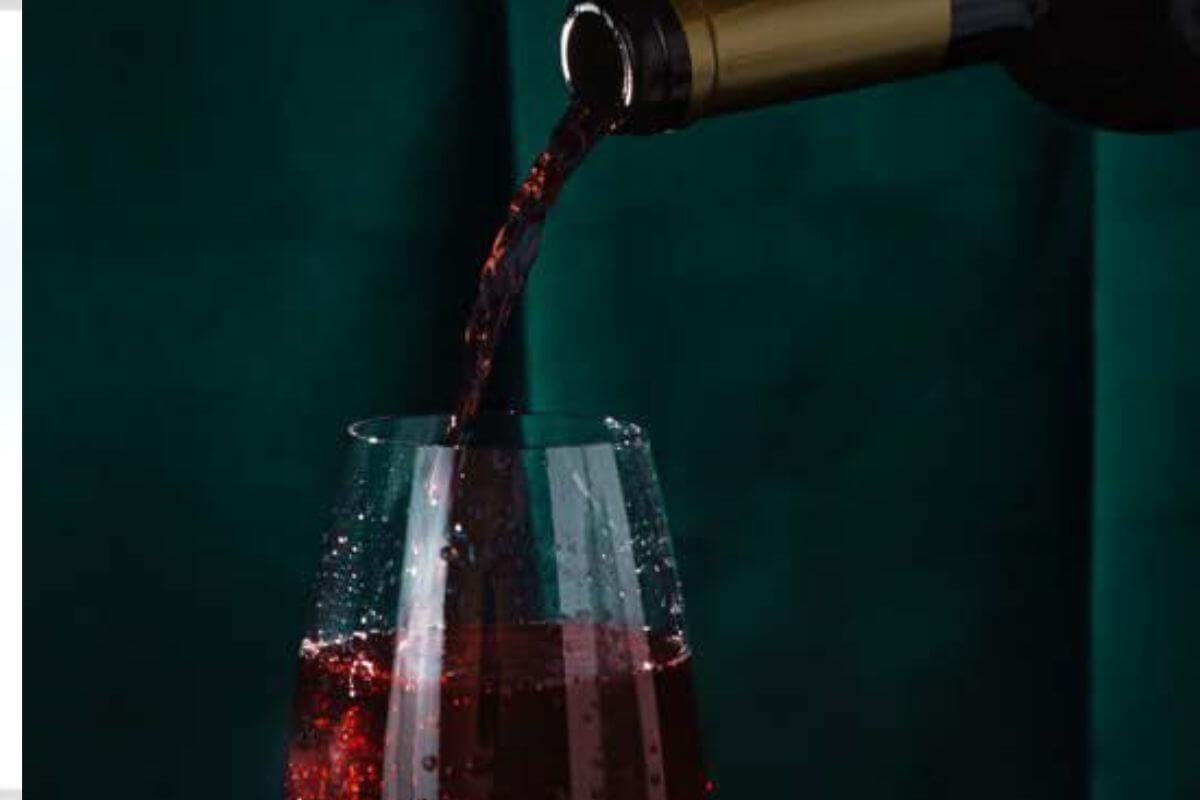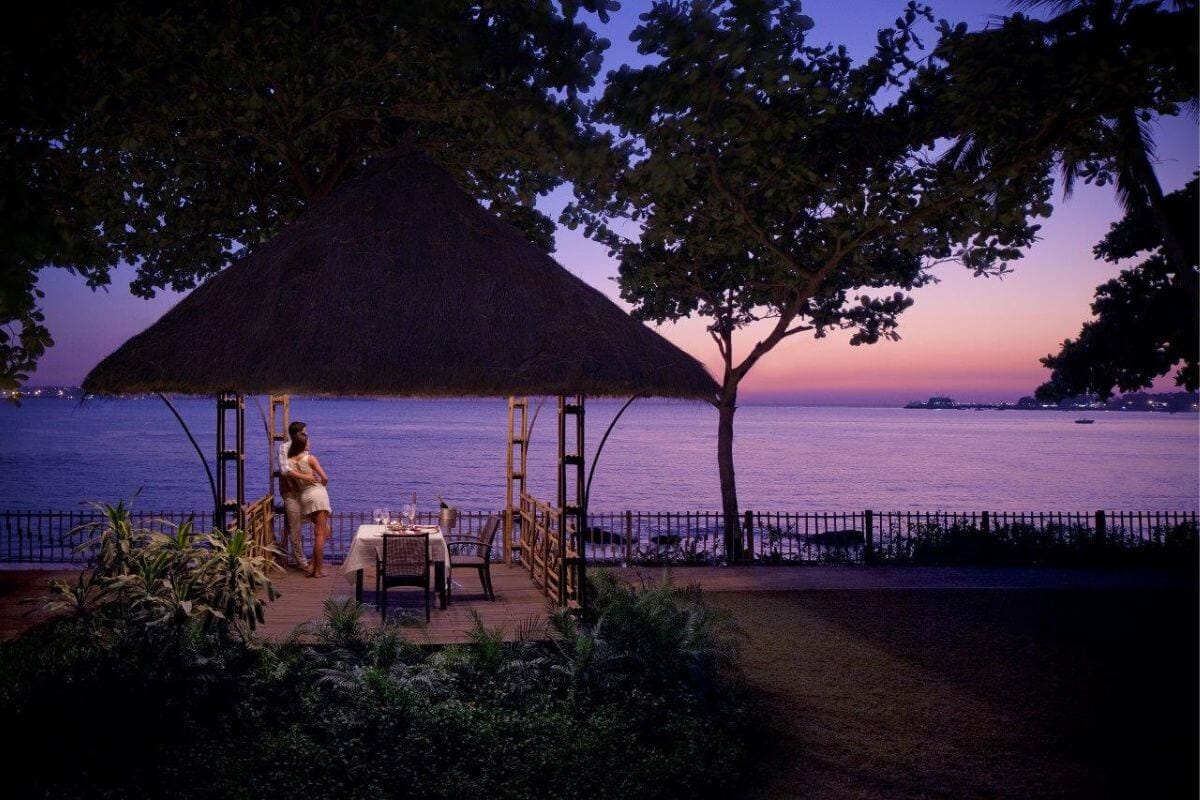Goa, known for its idyllic beaches, vibrant nightlife, and traditional liquors like feni and urak, is now experiencing a shift in its cultural landscape. In recent years, a burgeoning wine culture has emerged, with wine becoming an essential pairing in fine dining establishments across the state. The government’s active support, through events like the Grape Escapade, has further bolstered this trend. While Goa’s image was once defined by beer and local spirits, the rise of wine reflects the evolving tastes of both residents and visitors.
The Portuguese Legacy: A Foundation for Wine Culture
Goa’s association with wine is deeply rooted in its colonial past. From 1510 to 1961, the Portuguese ruled Goa, bringing not only their language and religion but also their deep love for wine. Despite the region’s challenging climate for traditional viticulture, the Portuguese attempted to cultivate grapes, producing port-style fortified wines using indigenous varieties such as Vitis labrusca—notably the Bangalore Blue grape, which still contributes to Goa’s wine production today.
This legacy of Portuguese winemaking techniques, especially in fortified wines, laid the groundwork for Goa’s contemporary wine culture. Unsurprisingly, Goa has become particularly renowned for its port-style wines—a connection that remains strong to this day.
Goa’s Wine Scene: An Emerging Industry
Wine production in Goa is relatively young when compared to the centuries-old vineyards of Europe. The local wine movement began gaining momentum in the 1980s when Indian wineries started experimenting with grape varieties better suited to Goa’s tropical climate.
Though Goa is best known for its port wines, other varieties—including reds, whites, and rosés—are also produced and enjoyed. Both local and international wine labels are now available in high-end restaurants, where sommeliers expertly pair wines with gourmet dishes.
With the rise of upscale restaurants and wine bars, wine consumption has shifted from a rarity to a mark of sophistication. Whether sipped while watching the sunset over the Arabian Sea or savored with a multi-course meal at a luxury resort, wine has steadily made its way into Goan hearts—and glasses.
The Role of the Government: Encouraging Wine Appreciation
The Government of Goa has played a pivotal role in fostering the state’s growing wine culture. Through initiatives like the annual “Grape Escapade” festival, the state actively promotes wine appreciation and supports local wineries. The festival features tastings, pairings, and exhibits from both local and international vineyards, attracting tourists and wine enthusiasts alike.
Beyond festivals, the government has taken steps to ease regulations for wineries and promote wine tourism. These efforts aim to position Goa not only as a beach destination but also as a haven for wine lovers.
Wine Tasting and Cellaring: A New Tradition in Goa
Wine tasting and cellaring may not have deep roots in traditional Goan culture, but a growing group of residents is embracing these practices. While still in the early stages, wine appreciation is becoming more widespread, with enthusiasts learning how proper storage conditions can enhance the quality of wine over time.
Wine-tasting events, once considered a niche or foreign concept, are now held regularly at vineyards and upscale venues. These gatherings provide both education and an opportunity for social engagement, creating a vibrant community of wine lovers.
Health Benefits of Wine: A Moderation-Driven Debate
Among wine aficionados, the potential health benefits of red wine are often a topic of conversation. Studies suggest that moderate consumption—typically 12% to 15% alcohol content—may help reduce the risk of heart disease. However, moderation is key: too much wine can be harmful, while too little may offer no measurable benefits.
Though the debate continues, one point is widely accepted: enjoyed responsibly, wine can be a pleasurable and potentially health-supportive addition to a balanced lifestyle. For many Goans, the emerging wine culture provides a chance to explore these benefits while engaging in a refined culinary tradition.
Conclusion: A Toast to Goa’s Wine Future
Goa’s wine culture is evolving rapidly, shaped by its colonial heritage, growing global influence, and a rising demand for fine dining experiences. Long associated with beer, feni, and urak, the state is now carving out a place for wine as a symbol of taste and refinement.
With sustained government support, popular wine festivals, and an increasing number of wineries and vineyards, Goa is poised to become a key player in India’s wine industry. As more locals and tourists embrace this transformation, Goa is steadily building its reputation as a destination for wine connoisseurs.
Whether you’re sipping a crisp Sauvignon Blanc by the beach or enjoying a rich, aged port in an upscale bistro, one thing is clear: Goa’s wine culture is here to stay—and it’s only getting better with time.









